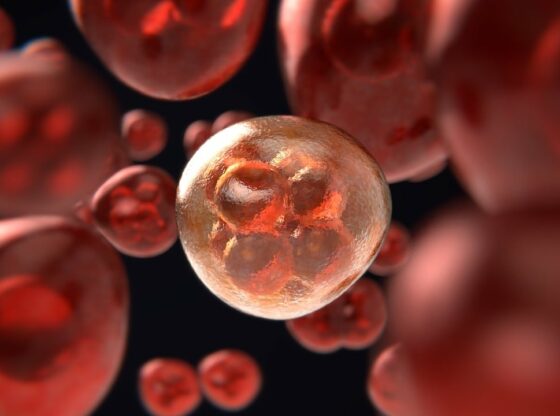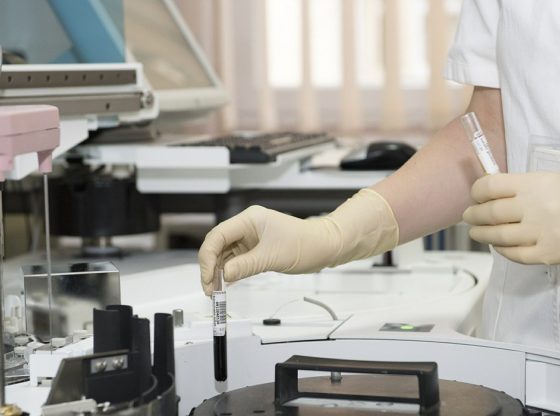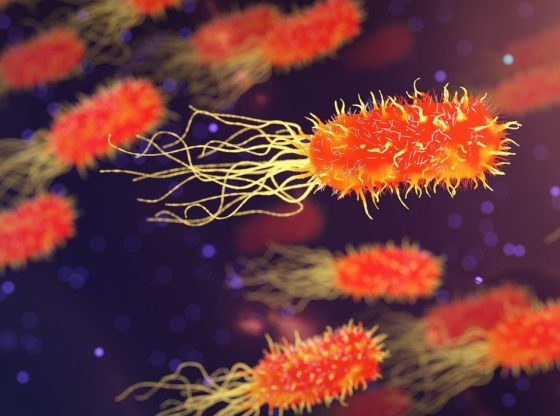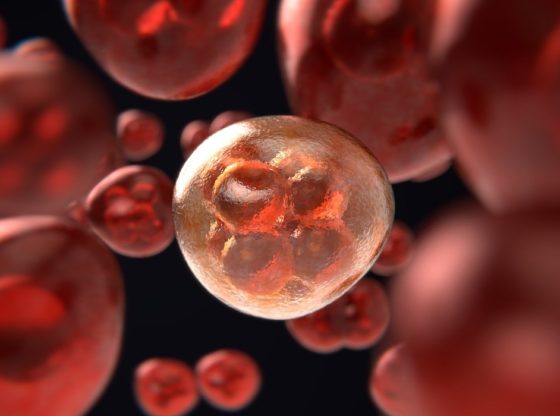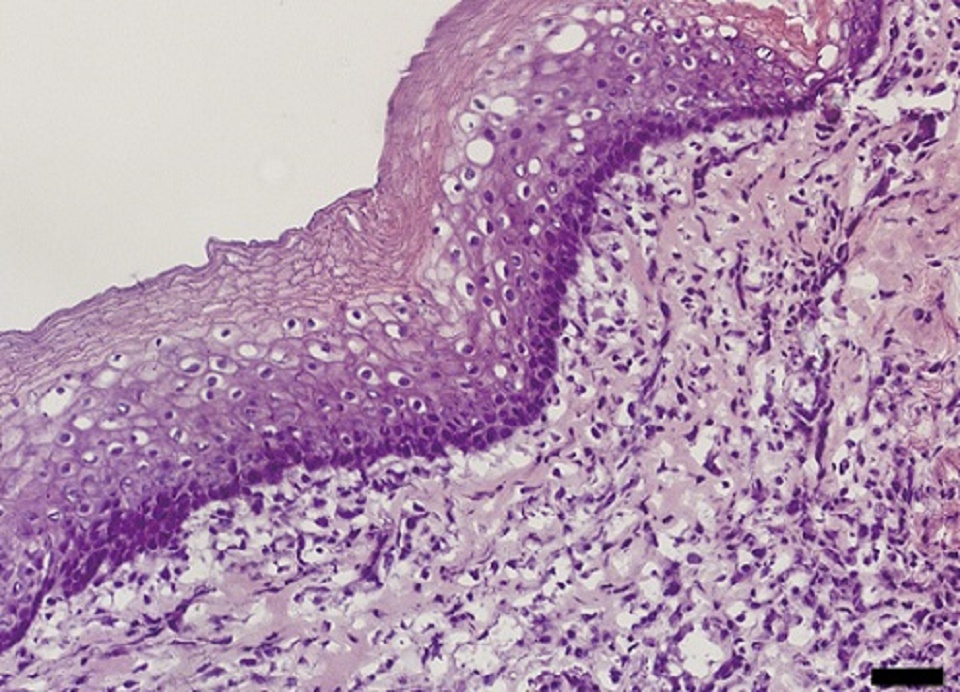
There are many reasons to why patients would need to repair or even replace their esophagus (gorge, esophagus, throat), as cancer, externally inflicted trauma or congenital malfunctions may impair esophagus function.
When faced with these problems, surgeons typically use tissue from the patient’s stomach or intestines to help repair the throat. It is a very complicated procedure in a very exposed area. To enable the patient to eat and drink again.
Now a new method has been developed, a method of creating a biological esophagus using a base structure coated with stem cells gathered from the bone marrow.
The research team led by Paolo Macchiarini at Karolinska Institute in Sweden has been researching the technique using rats. They first used the scaffold of the esophagus from deceased rats for which all cells are washed away. They then used this structure to grow a new esophagus using stem cells from the rat bone marrow.
The study shows that all necessary parts are reformed perfectly functional, nerves, muscles, epithelial and vascular parts. And with no signs of pain or visible complications on the rats that received the transplanted esophagus.
The method will now undergo continued evaluation, but the hope is for it to someday be available for humans. The results have been presented in the latest issue of the scientific journal Nature Communications.
_______________
Experimental orthotopic transplantation of a tissue-engineered oesophagus in rats
Researchers transplant regenerated oesophagus
______________________________

